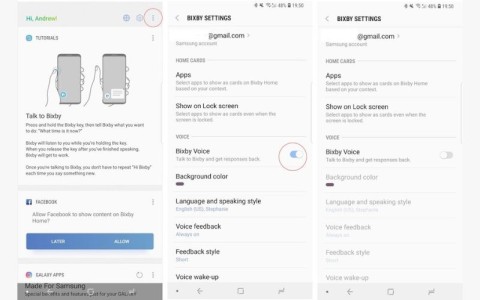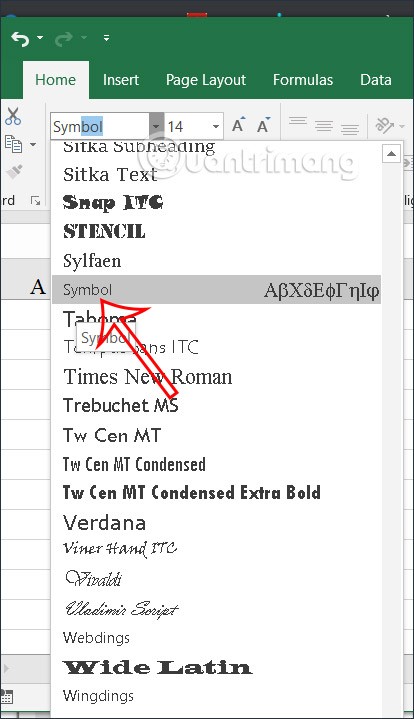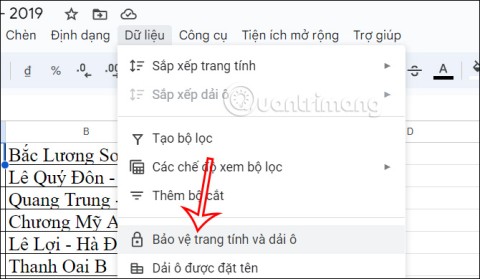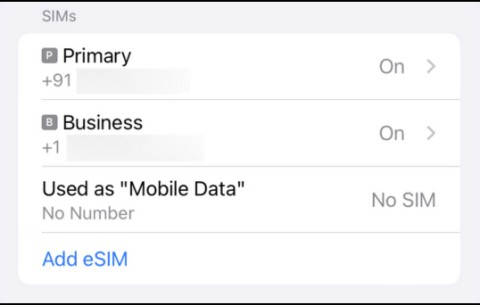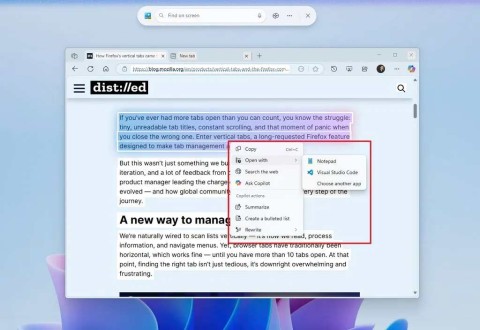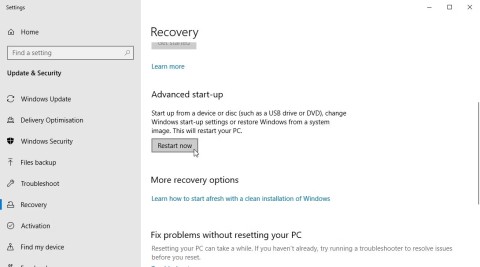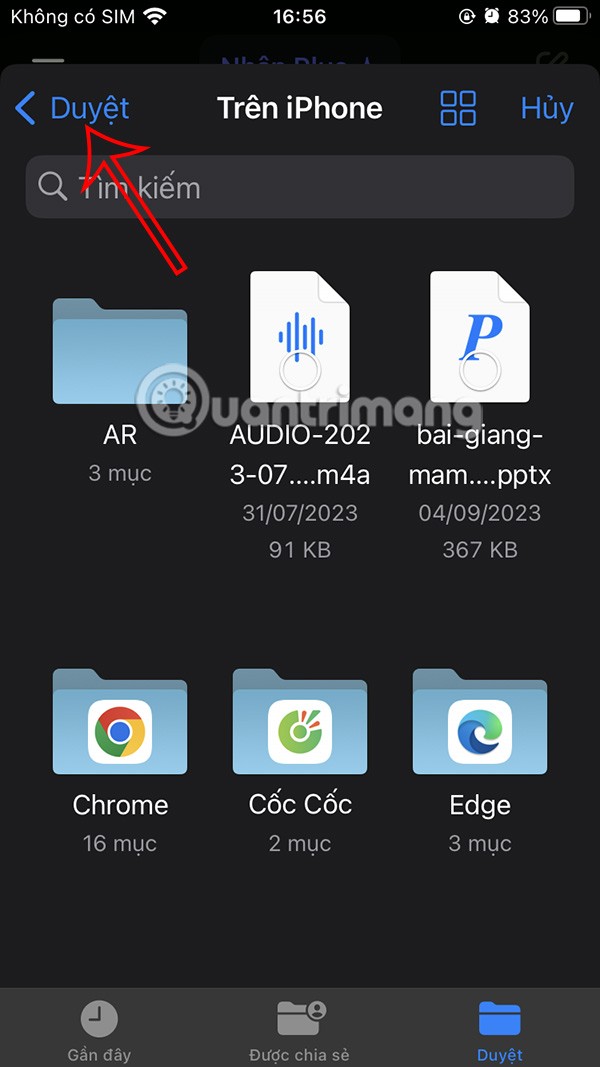Projectors connect to computers using HDMI or VGA ports, and will require an HDMI or VGA cable, depending on the connection port equipped on the machine. Below, Quantrimang will guide you on how to connect a projector to a computer using HDMI and VGA cables, along with how to fix some errors when connecting a computer to a projector.
Table of Contents
1. How to connect computer to projector using HDMI cable
Connecting a projector to a laptop using an HDMI cable will give you better image quality because it transmits an uncompressed signal. Depending on the standard of your HDMI cable , it can give you a different resolution (the highest currently is HDMI 2.1 , which can transmit 8K content).
Here are 5 steps to connect a projector to a laptop using an HDMI cable:
Step 1: Turn on the projector
Step 2: Turn on your computer/laptop
Step 3: Plug one end of the HDMI cable into the HDMI port on the projector (circled in red in the picture).
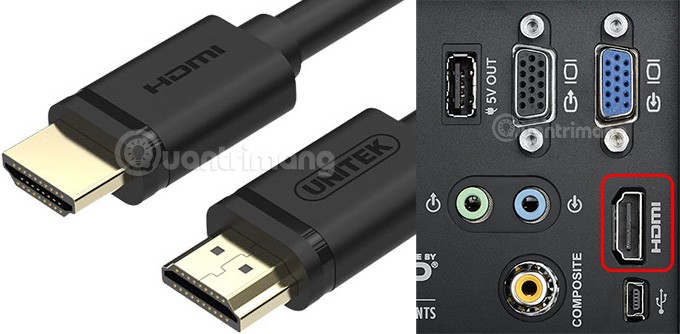
Step 4: Plug the other end of the HDMI cable into the HDMI port on your computer/laptop:
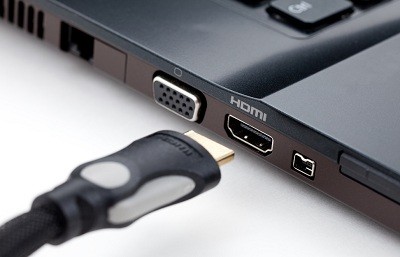
Step 5: After plugging in the cable, the computer screen will usually appear on the projector. If you don't see it, press Windows + P on the keyboard, select the mode to display the computer screen on the projector. Duplicate (displays exactly like the laptop screen), Extend (only the parts that are dragged to the projector screen will be displayed).
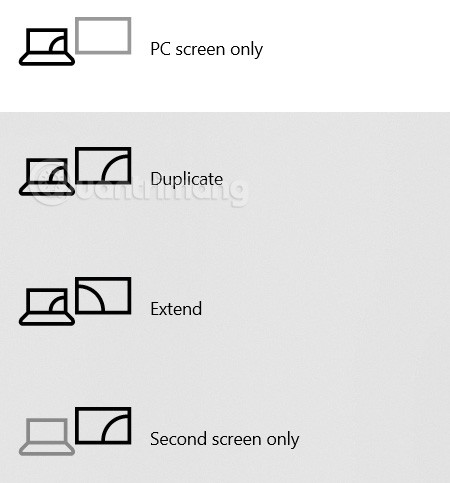
2. Connect the projector to the laptop using a VGA cable
To connect the projector to your laptop using a VGA cable, you need to prepare a VGA cable, then follow the steps below.
Step 1: Turn on the projector by pressing the POWER button once on the remote control or projector. If the light on the projector turns green, it's done. If the projector has just turned off, you need to wait a few seconds for the fan inside to stop spinning and then press it again.
Step 2: Turn on your computer/laptop
Step 3: Plug one end of the cable into the VGA port printed on the projector (usually blue).

Step 4: Plug the other end of the VGA cable into the VGA port on your laptop or computer. You need to plug the connector correctly, push it firmly into the slot and plug it in tightly. When removing the cable, we will hold the end and pull it out, avoiding bending the cable up or down.
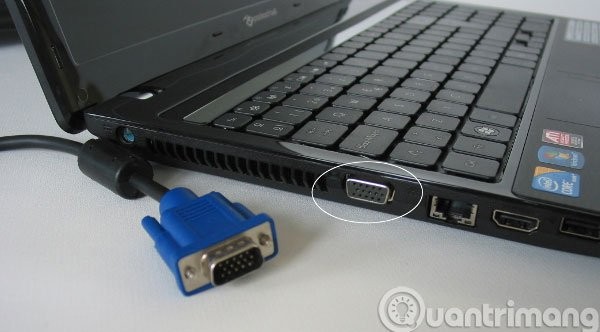
Step 5:
When the connection is successful, the computer screen will appear on the projector. If there is no signal, press the Auto Setup button on the remote control again to let the projector re-scan the signal from the computer.
Step 6:
If the laptop screen does not appear on the projector even though it has been successfully connected, press the Windows + P key combination and select Duplicate . If it still does not work, read on to fix the error of connecting the projector to the computer below.
3. Connect the projector to the computer via WiFi
To connect your computer to the projector via WiFi, you need to pay attention to the following issues:
- The projector supports WiFi connectivity.
- The devices that need to be connected (computer and projector) need to be connected to the same WiFi network.
- WiFi connection is very convenient but sometimes it will not be as stable as connecting via HDMI or VGA cable.
Steps to follow:
Step 1 : You need to connect the projector that supports WiFi connection to the public WiFi network. This setting depends on the type of projector but may be located in Settings > Network . Then, you need to set up the Screen Mirroring feature to allow receiving image signals via WiFi.
Step 2 : On Windows computer, press Windows + S then type Connect to wireless display , click on the result in the search section.
Step 3 : Find and click on Connect to a wireless display .
Step 4 : Click Detect to find the name of the projector you want to connect to, then select and click Connect.
With a Mac, you can connect to a projector via AirPlay. Of course, to do this, you also need a projector model that supports AirPlay. First, you need to connect the projector to a public WiFi network and then enable AirPlay (usually located in the same place as the Screen Mirroring option).
On your Mac, click the AirPlay button, then find the projector and click to connect.
4. How to fix projector connection error with computer
As mentioned, during the process of connecting the computer to the projector, there may be errors such as no signal, or no image recognition due to our mistakes or other errors. Readers can refer to some ways to fix the error in the section below.
Method 1: Press the shortcut key combination on the computer
Depending on the type of laptop connected to the projector, we press different key combinations. But first, we need to select LCD + Monitor mode .
- For ACER, TOSHIBA, SHARP projectors : Fn + F5.
- For SONY, IBM, LENOVO projectors : Fn + F7.
- For PANASONIC, NEC projectors : Fn + F3.
- For ASUS, DELL, EPSON projectors : Fn + F8.
- For FUJITSU projectors : Fn + F10.
- For HP, COMPAQ projectors : Fn + F4.
- Other projectors : Fn + Key with screen icon depending on the brand.
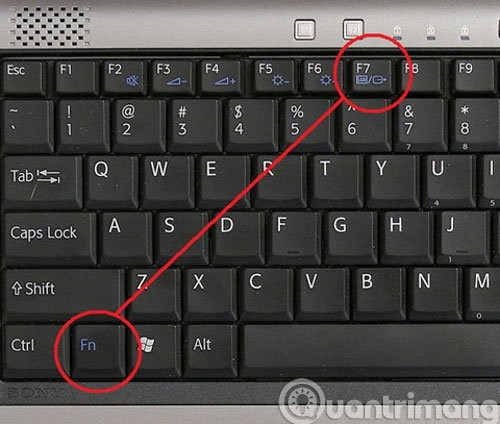
Method 2: Edit on Desktop interface
Method 1:
Right click and select Graphics option > Output to > Intel(R) dual display clone > Notebook + monitor .
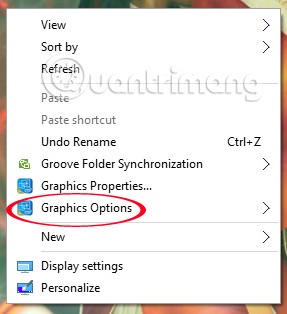
Method 2:
We also right-click, select Graphics Properties . Next, in the Multi Display section, check Intel (R) Dual Display Clone , then click OK .
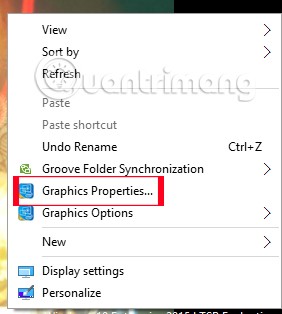
Method 3: In case the device does not have Graphics option and Graphics Properties
At the interface on the screen, right-click and select Properties > Settings > Advances . Next, select the Intel ® Graphics Media accelerator Driver for mobile > Graphics properties tab .
In the Multi Display section , we check Intel (R) Dual Display Clone and press OK .
Method 4: For Windows 7 computers
Method 1:
We press the Windows + P key combination and select Duplicate .
Method 2:
At the Desktop interface, right-click and select Graphics Options > Output to > Clone Displays > Monitor + Built-in Display .
Method 3:
On the screen, right-click and select Personalize > Display > Connect to a projector > Duplicate .
Method 4:
You click Start > All Programs > Accessories > Windows Mobility Center . In the External Display panel of Mobility Center , we click on the Connect Display option and then click Duplicate .
Method 5: Fix errors with laptops with ATI and Geforce discrete cards
1. With ATI discrete card
On the Desktop screen, right-click and select Catalyst(TM) Control Center . On the Graphics settings tab, select Display manager > Displays properties . Then right-click on the blurred screen image and select Clone main with monitor .
2. With GeForce discrete card
Right-click on the computer screen, select Nvdia Control Panel . In the Display section , select Setup multiple displays . Next, right-click on screen 2 and select Duplicate...
You can try the above methods to fix the error of not receiving a signal when connecting the computer to the projector. Depending on the projector model you are using, the remote control will have a Shutter or Avmute button to put the projector into Standby mode, temporarily turning it off. To restart, you just need to press the above buttons once.










